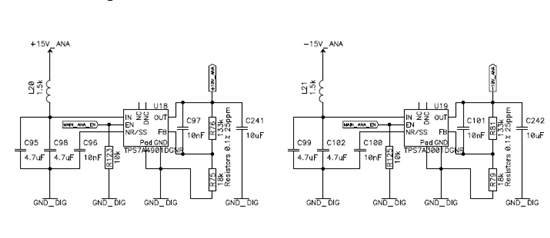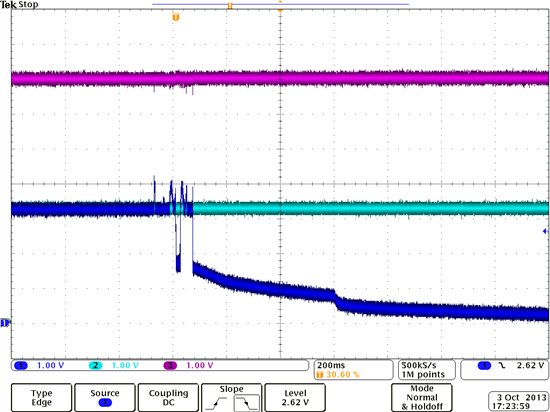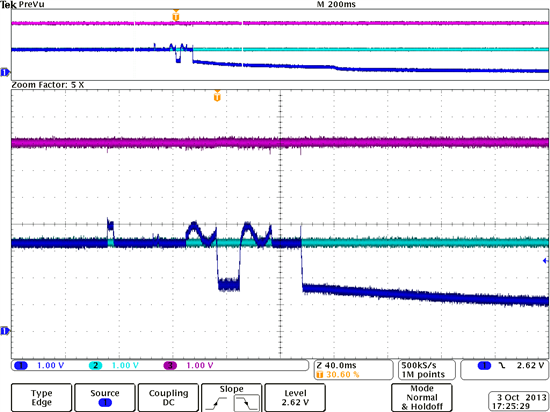Hello,
We may have e serious probem with the Do Not Connect pin (pin 7) of TPS7A30xx and TPS7A49xx - we left it unconnected as required but then if we touch it with finger the regulators stop working (output goes to 0). We started to investigate this problem because we have unexpected random drops of the power from these regulators in the fileld which leads to serious problems with the product - we have 5 of these regulators on a critical board of a 1MW solar converter which is under field test.
The suspect that root cause of the problems is charge pickup from these floating pins in the field leading to building such potentials that affect the circuitry inside and block the regulator operation.
I would liek to ask you for your as quick as possible reaction because the time is very critical - we need to solve the problem within the week. Is it possible that the problem we are having is related to the explanation above?
Thanks a lot in advance,
Radek




